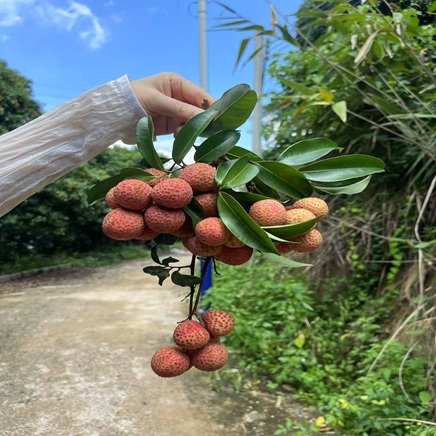Earlier today, we received a call from one of our long term customers. During our conversation, he shared an alarming observation: many custom EVA case suppliers in China have recently gone bankrupt. While this may surprise some, it didn’t surprise us at all, and here's why.
In recent years, the EVA case industry has seen an influx of OEM suppliers who claim to have years of experience. However, many foreign customers have told us a different story. Despite these suppliers boasting about their background, their approach often comes down to offering a cheaper price and asking for the customer’s design files. That’s it - no added value, no protection strategy, and certainly no rigorous quality control.
Let us share a real example. A customer once asked another supplier how to develop a protective EVA case that could withstand a 2 meter drop without damaging the contents inside. The sales representative replied: “We can make any type of EVA case. Just give us the design.” There was no technical support, no suggestion for materials or structure, and no discussion about actual product safety.
This response was a red flag. Finding a true manufacturer who offers solid experience and professional advice is critical - especially when dealing with sensitive products like custom glucometer packaging or EVA blood pressure monitor cases, where protection is everything.
In contrast, our team took the time to truly understand the customer's needs. We worked closely with our internal departments to design a custom solution. After production, the customer submitted the case to an accredited lab for testing. The result? The case exceeded expectations - surviving an 4 meter drop test without any internal damage. That’s double the original requirement.
Why did our solution succeed where others failed? The answer is simple: deep industry knowledge and rigorous quality control. At our factory, every department is specialized. Our designers, for example, collaborate daily with clients across industries such as medical devices, consumer electronics, optical tools, and construction equipment. We’ve designed and manufactured thousands of EVA cases, including custom EVA pouches, medical kits, tool storage, and more.
Even when a customer provides a design, we don’t simply copy and produce it. Instead, we analyze the use case, suggest improvements if needed, and optimize materials and internal structures for maximum protection and function. Whether it's a EVA blood pressure monitor case or a compact EVA pouch for a delicate medical device, we apply the same professional approach.
In a market crowded with low cost suppliers offering little beyond basic production, what truly sets us apart is our commitment to quality, function, and innovation.
If you're searching for a trusted EVA case manufacturer who understands your needs and offers true value beyond the price tag - let’s talk. We’re here to help turn your ideas into long lasting, protective, and professional EVA packaging solutions.












